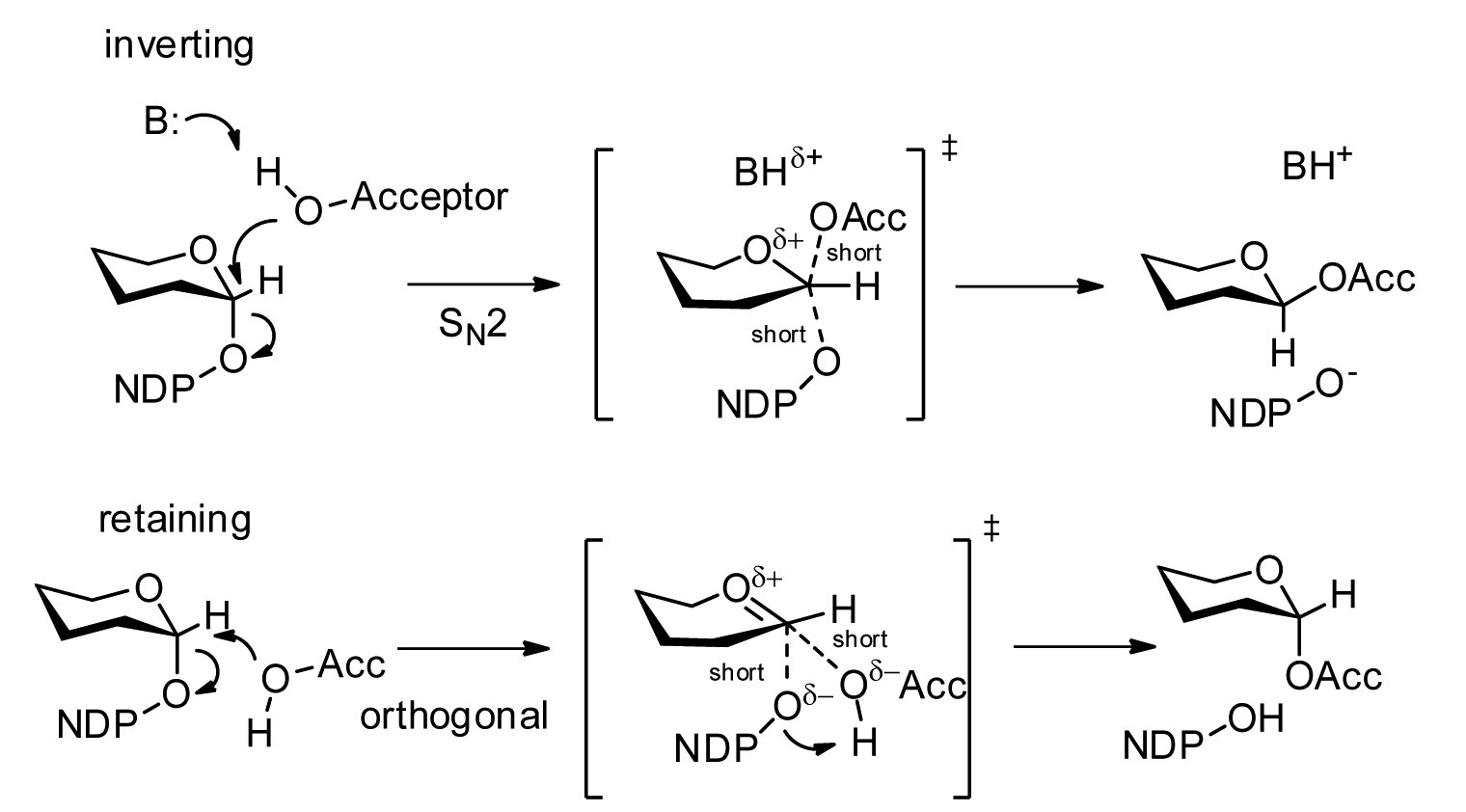|
Mannosyltransferase
A mannosyltransferase is a type of glycosyltransferase that acts upon mannose Mannose is a sugar monomer of the aldohexose series of carbohydrates. It is a C-2 epimer of glucose. Mannose is important in human metabolism, especially in the glycosylation of certain proteins. Several congenital disorders of glycosylation .... An example is heteroglycan alpha-mannosyltransferase. References EC 2.4.1 {{2.4-enzyme-stub ... [...More Info...] [...Related Items...] OR: [Wikipedia] [Google] [Baidu] |
Heteroglycan Alpha-mannosyltransferase
In enzymology, a heteroglycan alpha-mannosyltransferase () is an enzyme that catalyzes the chemical reaction :GDP-mannose + heteroglycan \rightleftharpoons GDP + 2(or 3)-alpha-D-mannosyl-heteroglycan Thus, the two substrates of this enzyme are GDP-mannose and heteroglycan, whereas its 3 products are GDP, 2-alpha-D-mannosyl-heteroglycan, and 3-alpha-D-mannosyl-heteroglycan. This enzyme belongs to the family of glycosyltransferases, to be specific the hexosyltransferases. The systematic name A systematic name is a name given in a systematic way to one unique group, organism, object or chemical substance, out of a specific population or collection. Systematic names are usually part of a nomenclature. A semisystematic name or semitrivial ... of this enzyme class is GDP-mannose:heteroglycan 2-(or 3-)-alpha-D-mannosyltransferase. Other names in common use include GDP mannose alpha-mannosyltransferase, and guanosine diphosphomannose-heteroglycan alpha-mannosyltransferase. Refere ... [...More Info...] [...Related Items...] OR: [Wikipedia] [Google] [Baidu] |
Glycosyltransferase
Glycosyltransferases (GTFs, Gtfs) are enzymes ( EC 2.4) that establish natural glycosidic linkages. They catalyze the transfer of saccharide moieties from an activated nucleotide sugar (also known as the "glycosyl donor") to a nucleophilic glycosyl acceptor molecule, the nucleophile of which can be oxygen- carbon-, nitrogen-, or sulfur-based. The result of glycosyl transfer can be a carbohydrate, glycoside, oligosaccharide, or a polysaccharide. Some glycosyltransferases catalyse transfer to inorganic phosphate or water. Glycosyl transfer can also occur to protein residues, usually to tyrosine, serine, or threonine to give O-linked glycoproteins, or to asparagine to give N-linked glycoproteins. Mannosyl groups may be transferred to tryptophan to generate C-mannosyl tryptophan, which is relatively abundant in eukaryotes. Transferases may also use lipids as an acceptor, forming glycolipids, and even use lipid-linked sugar phosphate donors, such as dolichol phosphates in eukaryotic o ... [...More Info...] [...Related Items...] OR: [Wikipedia] [Google] [Baidu] |
Mannose
Mannose is a sugar monomer of the aldohexose series of carbohydrates. It is a C-2 epimer of glucose. Mannose is important in human metabolism, especially in the glycosylation of certain proteins. Several congenital disorders of glycosylation are associated with mutations in enzymes involved in mannose metabolism. Mannose is not an essential nutrient; it can be produced in the human body from glucose, or converted into glucose. Mannose provides 2–5 kcal/g. It is partially excreted in the urine. Etymology The root of both "mannose" and "mannitol" is manna, which the Bible describes as the food supplied to the Israelites during their journey in the region of Sinai. Several trees and shrubs can produce a substance called manna, such as the "manna tree" ('' Fraxinus ornus'') from whose secretions mannitol was originally isolated. Structure Mannose commonly exists as two different-sized rings, the pyranose (six-membered) form and the furanose (five-membered) form. Eac ... [...More Info...] [...Related Items...] OR: [Wikipedia] [Google] [Baidu] |
